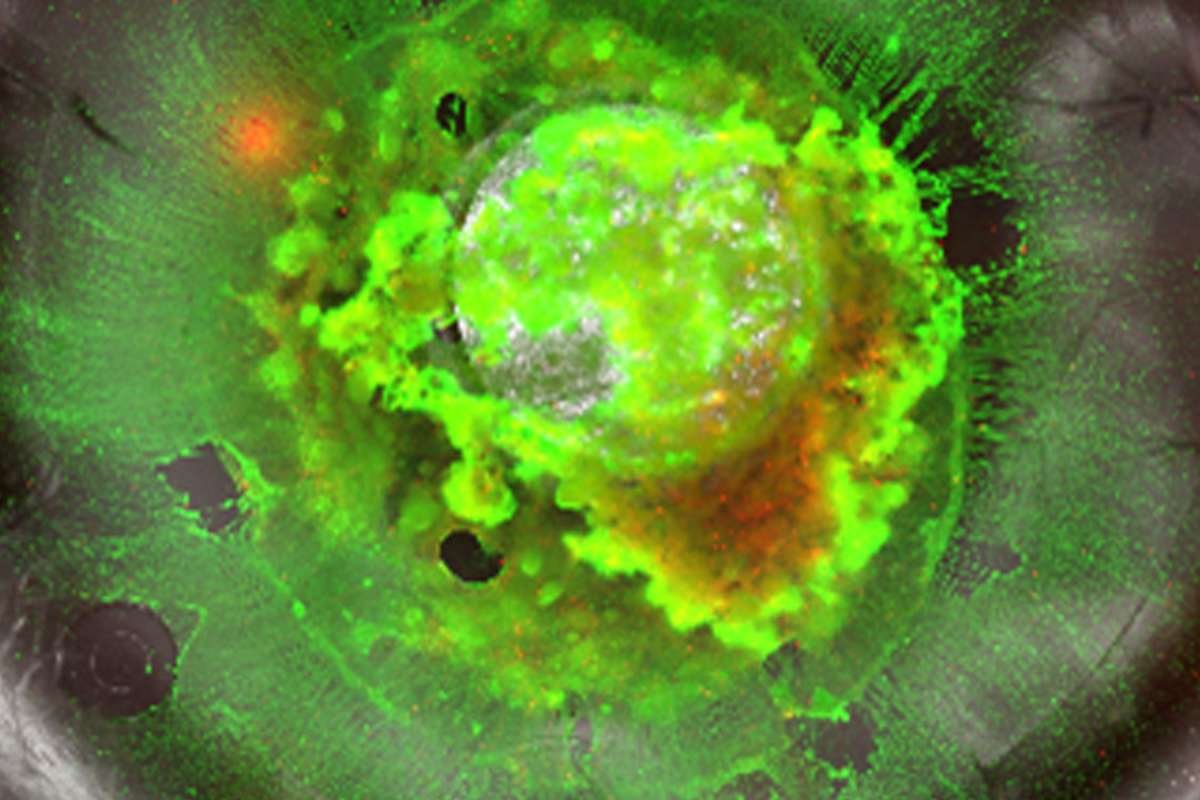Researchers have made a significant breakthrough in understanding the human heart development, as detailed in a recent study published in Nature. By employing cutting-edge techniques like single-cell RNA sequencing (scRNA-seq) and high-resolution multiplexed error-robust fluorescence in situ hybridization (MERFISH), scientists have uncovered a comprehensive atlas of cardiac cell types and their spatial organization during heart morphogenesis.
Cardiac Cells Crucial for Heart Development
Understanding the intricacies of heart development is crucial, as changes in cardiac structures can lead to congenital heart diseases, affecting both children and adults. The study aimed to fill the gaps in our understanding of how diverse cardiac cell types coordinate to form the complex structure of the heart. Utilizing scRNA-seq and MERFISH, the researchers analyzed RNA transcripts from thousands of individual cells to gain insights into their molecular profiles and spatial organization.
The study’s findings revealed a remarkable heterogeneity in cardiac cell populations, with twelve distinct cell classes identified within each cell compartment. By dissecting developing human hearts and employing advanced techniques, the researchers uncovered previously underrepresented cell types, enriching our understanding of heart development. Furthermore, MERFISH imaging provided insights into the spatial organization of cardiovascular cells, shedding light on the intricate interactions between different cell populations within the heart.
The multimodal analysis not only constructed a comprehensive cardiac cell atlas but also highlighted the role of specific genes in regulating cell-cell interactions crucial for heart morphogenesis. Unique signaling pathways, such as plexin-semaphorin (PLXN–SEMA) pathways, were identified, offering new insights into the allocation of cardiomyocytes during ventricular wall compaction. Overall, this groundbreaking study deepens our understanding of cardiac development and lays the foundation for future research aimed at unraveling the mechanisms underlying congenital and adult structural heart diseases.
Also Read: Exploring Cutting-Edge Gene-Silencing Approaches in Cardiovascular Disease











